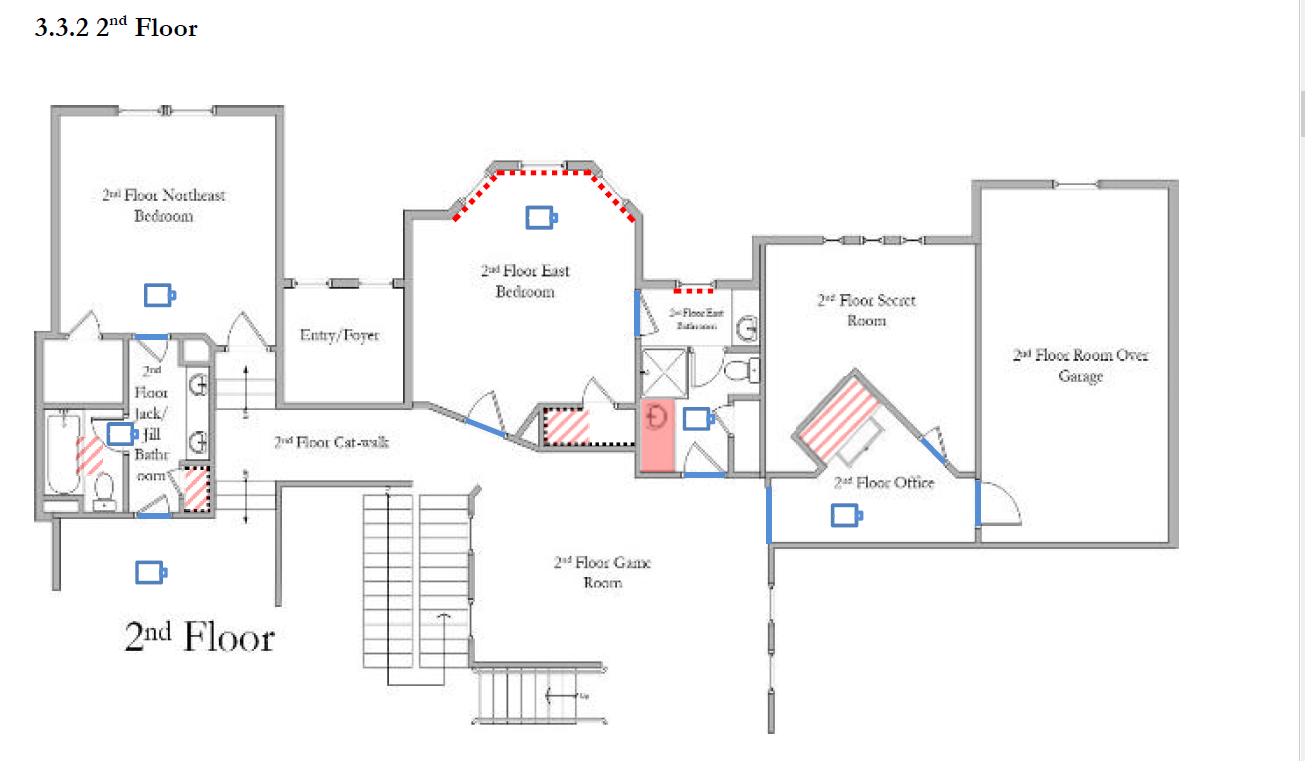Mold Remediation Protocols
When we've confirmed a mold problem, we will create a Mold Remediation Protocol


Mold Remediation Done Right
If a mold problem is identified during your inspection, you’ll have the option to purchase a Mold Remediation Protocol, which provides detailed, step-by-step instructions for a Licensed Mold Remediation Contractor to follow. This ensures the remediation is completed properly and complies with state regulations set by the Texas Department of Licensing and Regulation (TDLR).
It is strictly prohibited for a company to perform both a mold inspection and mold remediation on any project. Mold Inspection Sciences is a Texas Licensed Mold Assessment Company.
License Number – AC01001
Our Mold Remediation Protocols are written according to the Texas Regulations, but no other company writes a Mold Remediation Protocol that is more comprehensive than ours. Our Protocols are the best in the business and contain the following elements:
- Written protocol of performance requirements for the mold remediation contractor per standards found in IICRC S520, Standard and Reference Guide for Mold Remediation, and in accordance with the laws of the state of Texas, DSHS Texas Mold Assessment and Remediation Rules (TMARR)- Publication #2-15;
- General recommendations regarding corrective actions for issues discovered that may have caused fungal growth or may be contributing to fungal growth;
- Diagrams of affected areas and work to be performed in each area;
- Estimates of quantities of materials to be removed; and,
- Full photo documentation of initial conditions in the impacted area(s).
As per the Texas Department of Licensing and Regulation rules and regulations regarding mold assessments and remediation (TMARR), if the affected area/materials to be cleaned or removed exceed 25 square feet, a Mold Remediation Protocol is required. In Texas, there are laws, rules and regulations established by the Texas Department of Licensing and Regulation which must be considered for all mold projects: Mold Inspections, Mold Testing, and Mold Remediation or Mold Removal. The Texas mold laws protect the consumer by preventing a conflict of interest.

